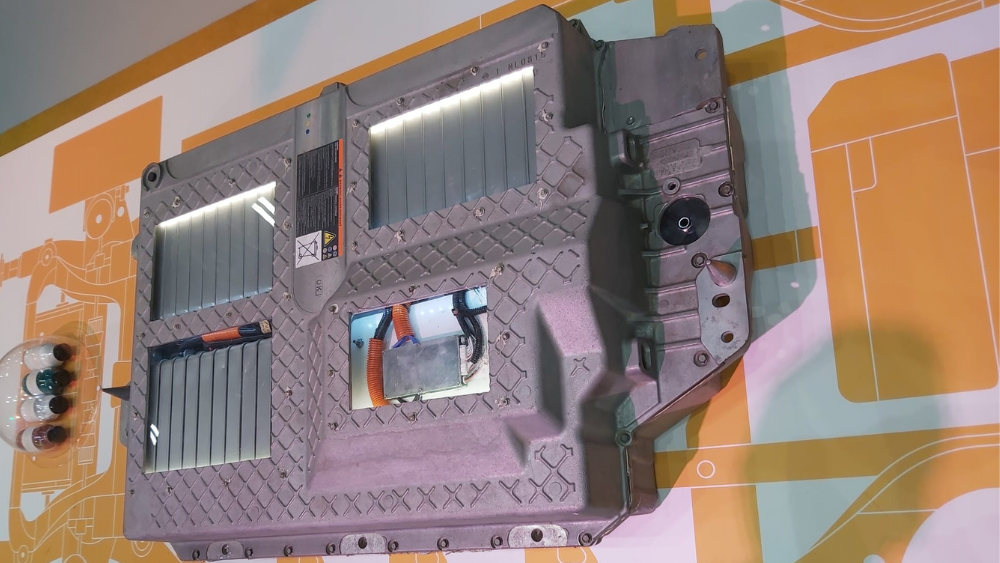The European Parliament and the Council have reached a provisional agreement to revise EU rules on batteries, taking into account technological developments. Focus on these new provisions…
Context of the new provisions
In December 2020 the European Commission presented a liquidation proposal relating to batteries and their waste. The proposal aimed to strengthen the functioning of the internal market, promote a circular economy and reduce the environmental and social impact at all stages of the battery life cycle.
The provisions of the new regulation cover “the entire life cycle of batteries, from design to manufacturing” and cover both portable batteries and industrial batteries e those intended for electric mobility (for cars, scooters, bicycles, scooters, etc.).
According to the deputy rapporteur of the text, Mister Achille VariatiThe goal is to “…build a stronger European recycling industry, especially for lithium, and a competitive industrial sector as a whole, crucial in the coming decades for the energy transition and strategic autonomy of our continent. These measurements could become a benchmark for the entire global battery market.”
Collection and reuse
In terms of collection, rates will go up. Collection targets are set at 45% by 2023, 63% by 2027 and 73% by 2030 for portable batteries. As for batteries for light transport vehicles (MTL), such as bicycles or electric scooters, 51% of their batteries will need to be collected by 2028, then 61% in 2031.
At the same time, all batteries in light transport vehicles, electric vehicles, SLI (providing energy for starting, ignition or ignition of vehicles) and collected free of charge for end usersregardless of their nature, chemical composition, condition, brand or origin.
And to close the loop, the minimum levels of cobalt (16%), lead (85%), lithium (6%) and nickel (6%) recovered from production and consumer waste must be reused in new batteries.
And more transparency
According to the agreement, all economic operators offering batteries on the European market, with the exception of SMEs, will be required to draw up and implement a so-called ” due diligence “in line with international standards, to address the social and environmental risks associated with the supply, processing and trade of raw materials and secondary raw materials.
Then and always according to the agreement, a carbon footprint statement and label it will be mandatory for electric vehicle batteries, light transport batteries and industrial rechargeable batteries with a capacity greater than 2 kWh.
To better inform consumers, the batteries will lead labels and QR codes containing information on their capacity, performance, durability, chemical composition and a “separate collection” symbol. The batteries must also have a “digital battery passport” including battery model information, as well as specific information about the battery itself and how to use it.
Next step: the European Parliament and the Council will have to formally approve the agreement before it can enter into force.

